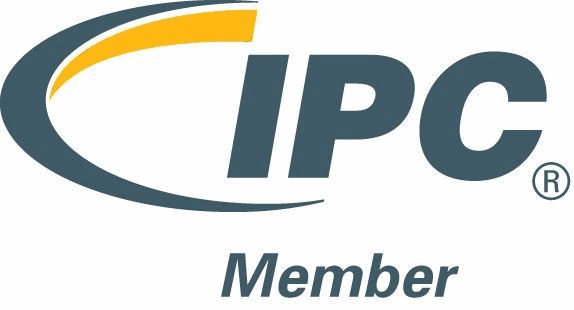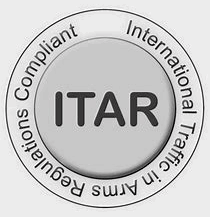While supply chain issues and the unrelenting demand for printed circuit board components pose a challenge for PCB assembly companies attempting to provide their customers with quick turnaround times, another issue is becoming a growing concern: counterfeit PCB components. With PCB companies left unable to rely on their usual suppliers, many companies have had to get creative when finding new sources for PCB components.
Unfortunately, these attempts may prove to be worthless when those companies discover that they have been sold counterfeit parts. Because counterfeit parts have become a more prevalent risk in our industry, it is important for PCB suppliers to have strategies in place to detect faulty components before they are installed - at which point they can become extremely costly mistakes.
Avoid Counterfeit PCB Components by Properly Vetting Your Supplier
The first step in avoiding counterfeit PCB components is to vet suppliers properly, even companies that, at first glance, appear to be reputable. To determine which third party suppliers are most reputable, it is important to note how long the company has been in business and review their memberships with dependable organizations.
Two key organizations that trustworthy suppliers are often associated with are IDEA (the Independent Distributors of Electronics Association) and ERAI (Electronic Resellers Association International). These groups verify the integrity of their members’ distribution operations and provide their own counterfeit strategies to vet suppliers.
In addition to checking for these reputable memberships, MPL takes the vetting process one step further by requiring proper documentation for an extensive list of quality assurance programs and inspection processes.
X-Ray Inspection for Counterfeit PCB Component Detection
One of the most essential counterfeit detection strategies is to utilize x-ray technology to inspect individual PCB components. After an initial vetting process, the x-ray process takes product quality verification to a new level. Because x-ray technology is able to detect internal faults, issues like missing dies will not go unnoticed. Furthermore, x-ray inspections are non-destructive, which avoids compromising even one component of an already limited supply. Our network of vendors perform all x-ray procedures at their facility location, along with any other testing that may be required, specific to the component at hand. When the parts arrive at MPL, they are accompanied by documentation to verify all adequate test procedures.
Strategic Partnerships and Design Tactics Reduce Counterfeit Risks
The most useful strategy to avoid counterfeit components is to avoid working with unknown suppliers whenever possible. Currently, this is not an option for most PCB assembly providers. Still, companies with a wide range of suppliers have a considerable advantage over their competitors, especially when these partnerships are long-standing.
Because MPL has maintained vendor relationships, many spanning more than 30 years, we know who we can trust and who to stay away from. While most of our longest relationships have been built within major distribution, we work with many in the “secondary” markets and approved brokers when absolutely necessary— creating a strong network of supply channels that can help navigate the trickiest BOMs.
MPL Strategizes So You Don’t Have To
At MPL, we pay close attention to the factors impacting our industry, including less talked about issues like counterfeit PCB components. Our team eliminates risks that prove detrimental to other PCB assembly companies by implementing strategies to avoid counterfeit parts. For a painless PCB assembly process amidst industry-wide supply chain issues, contact MPL today.




